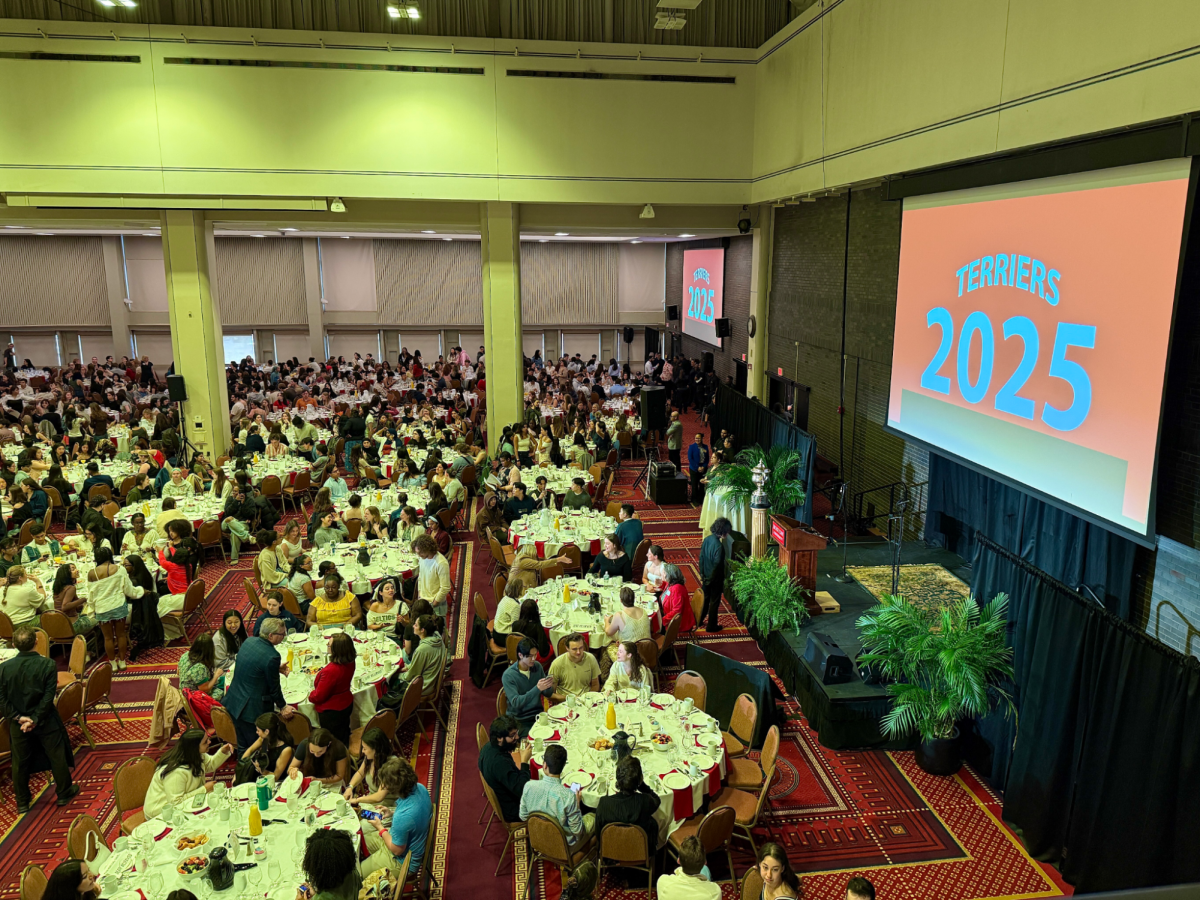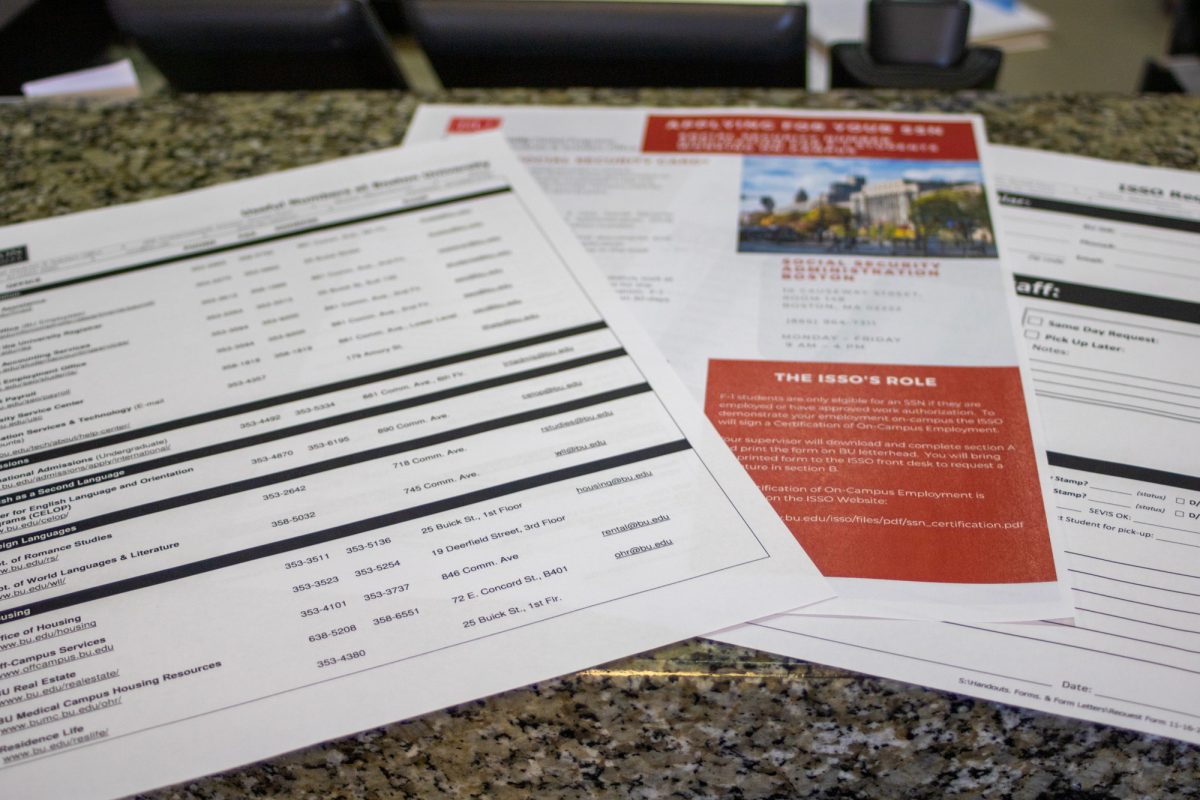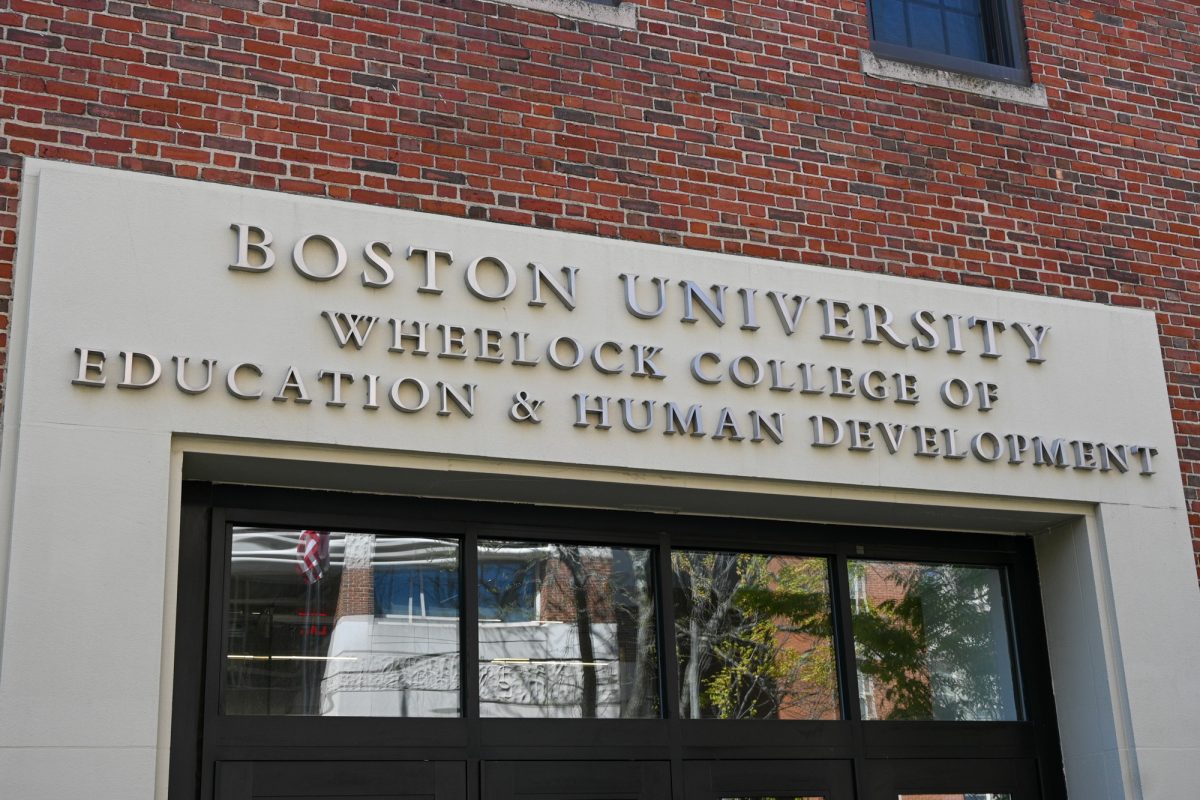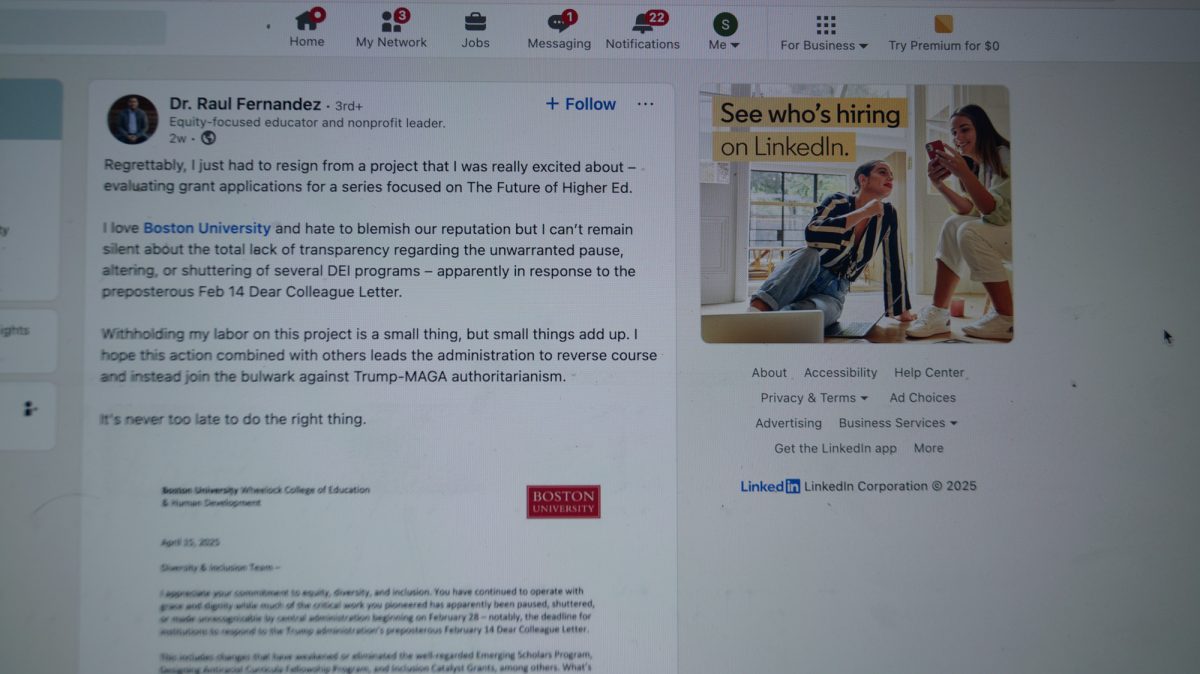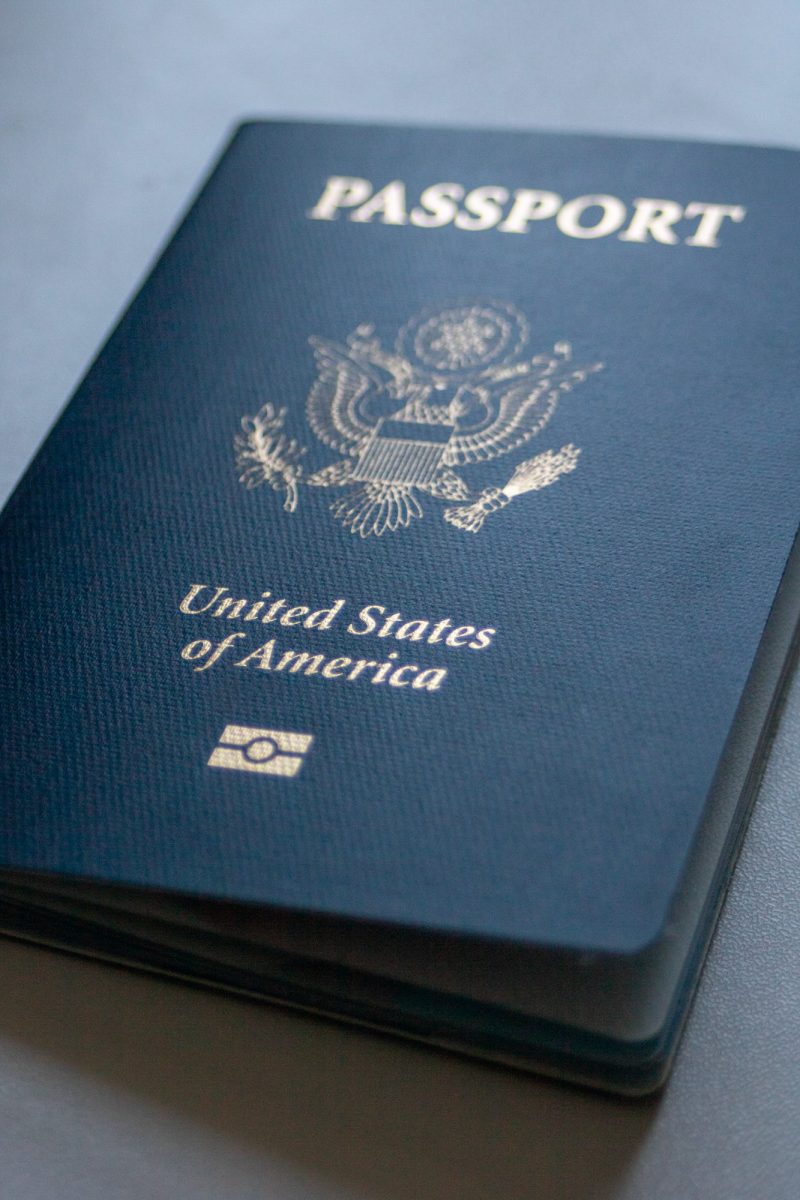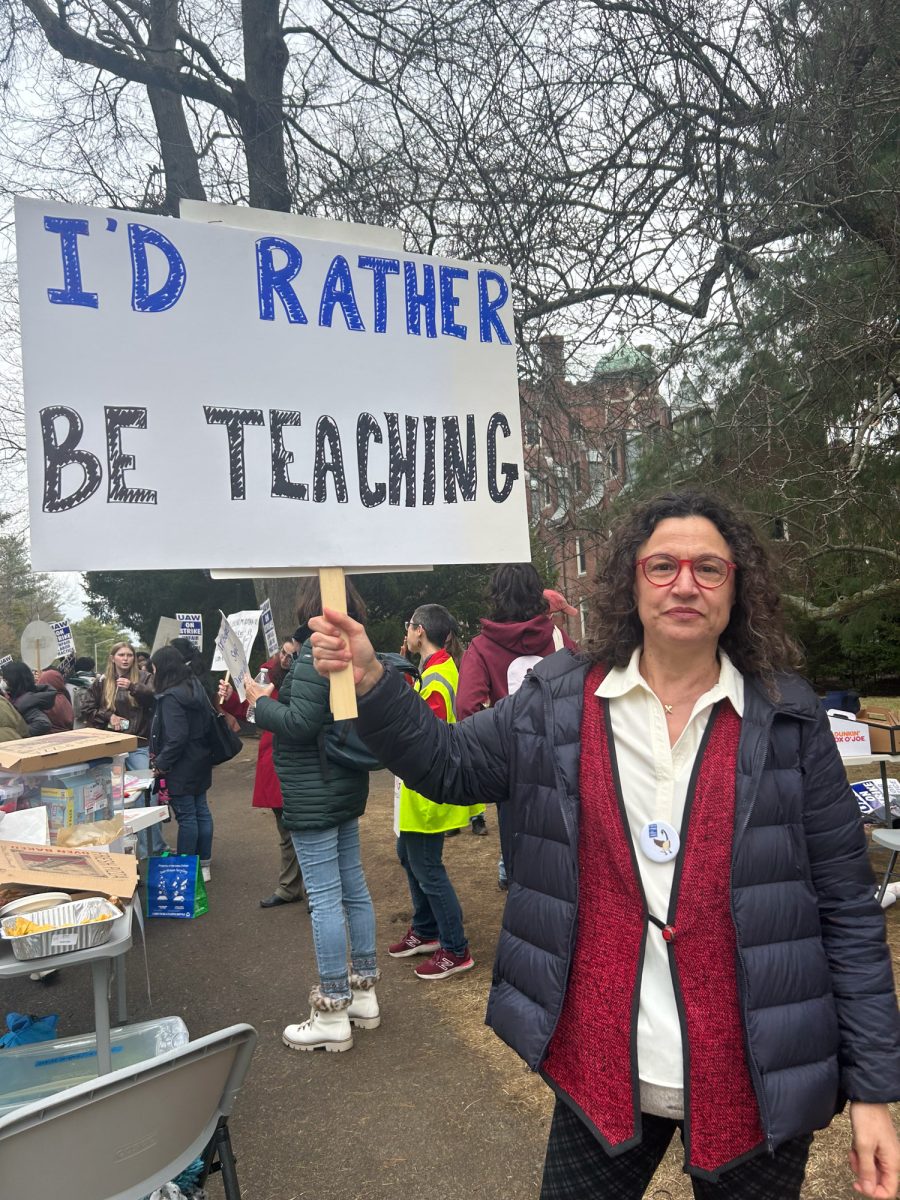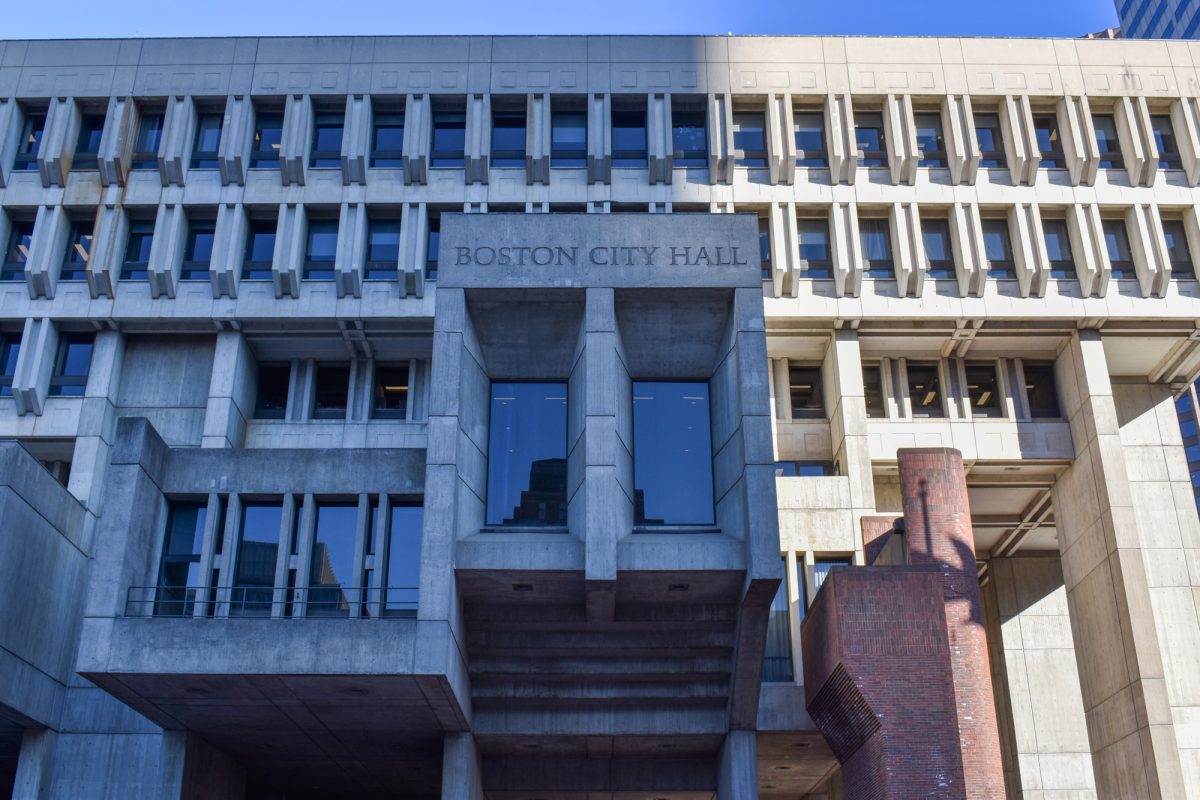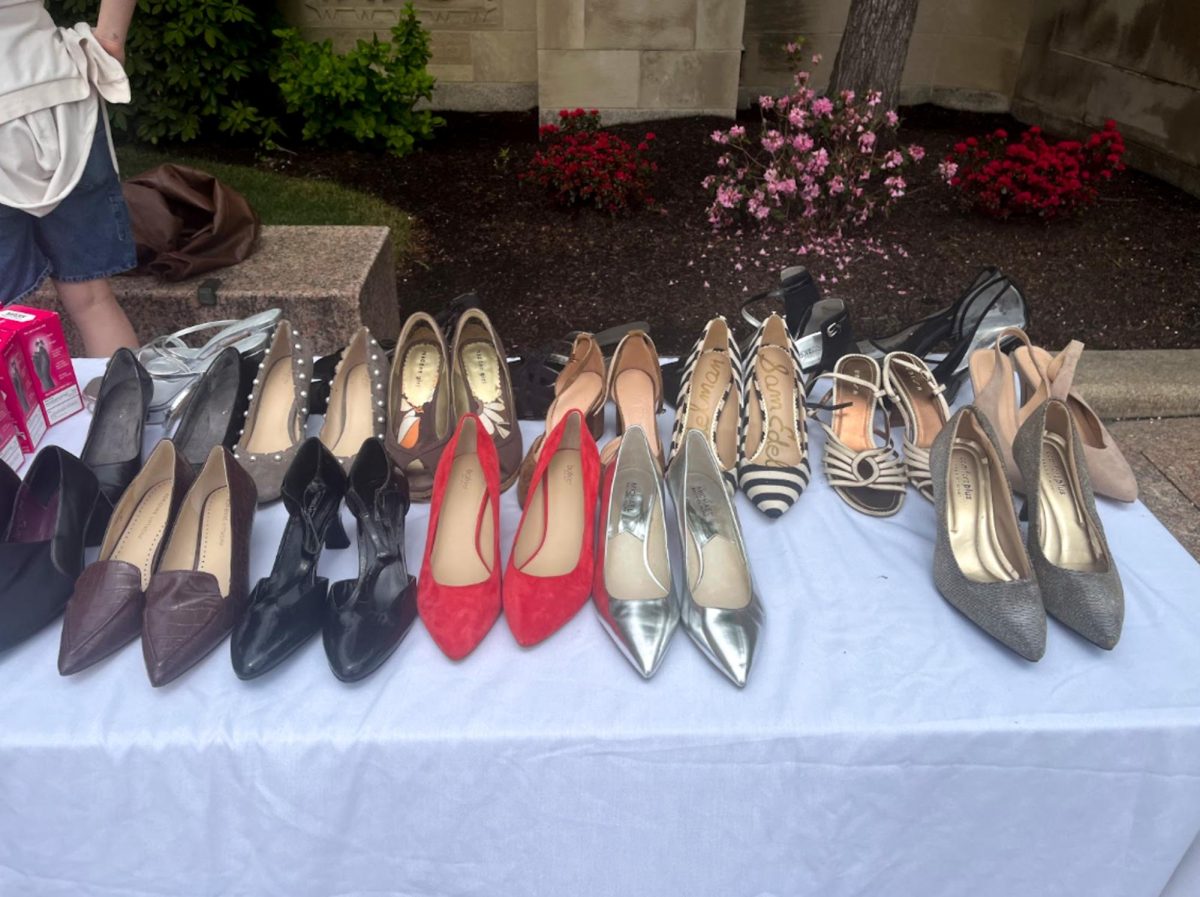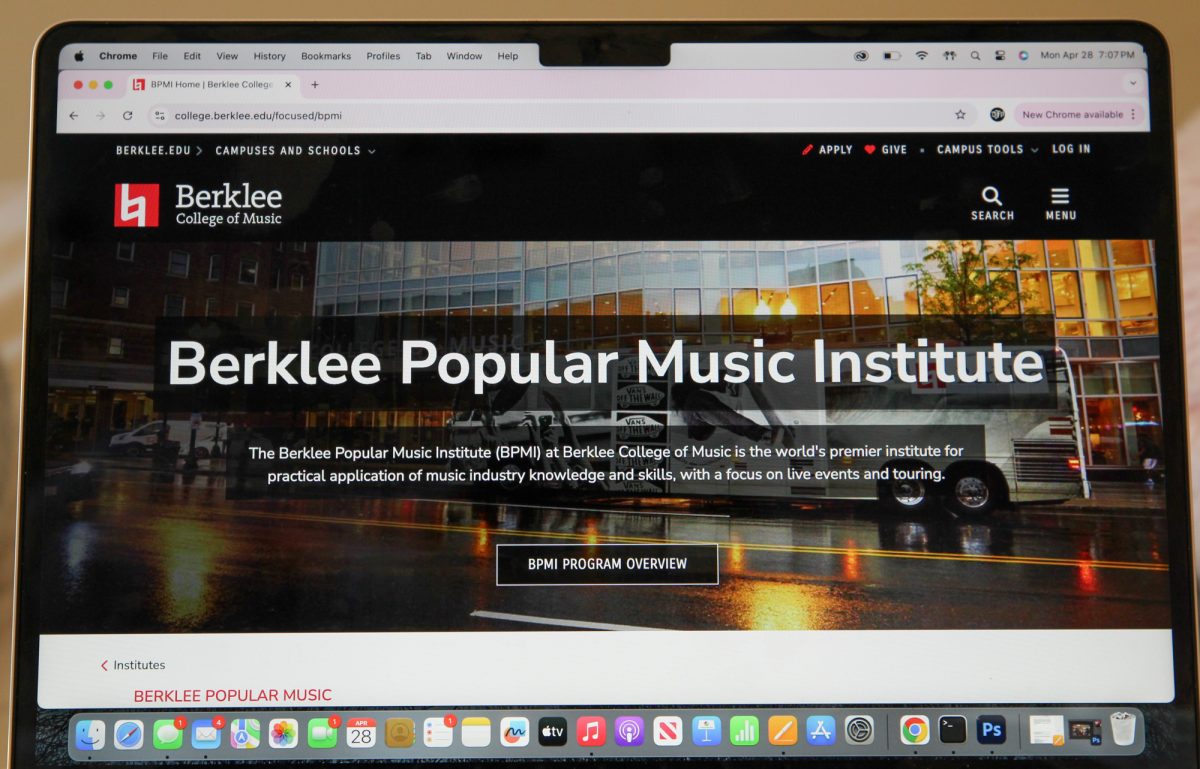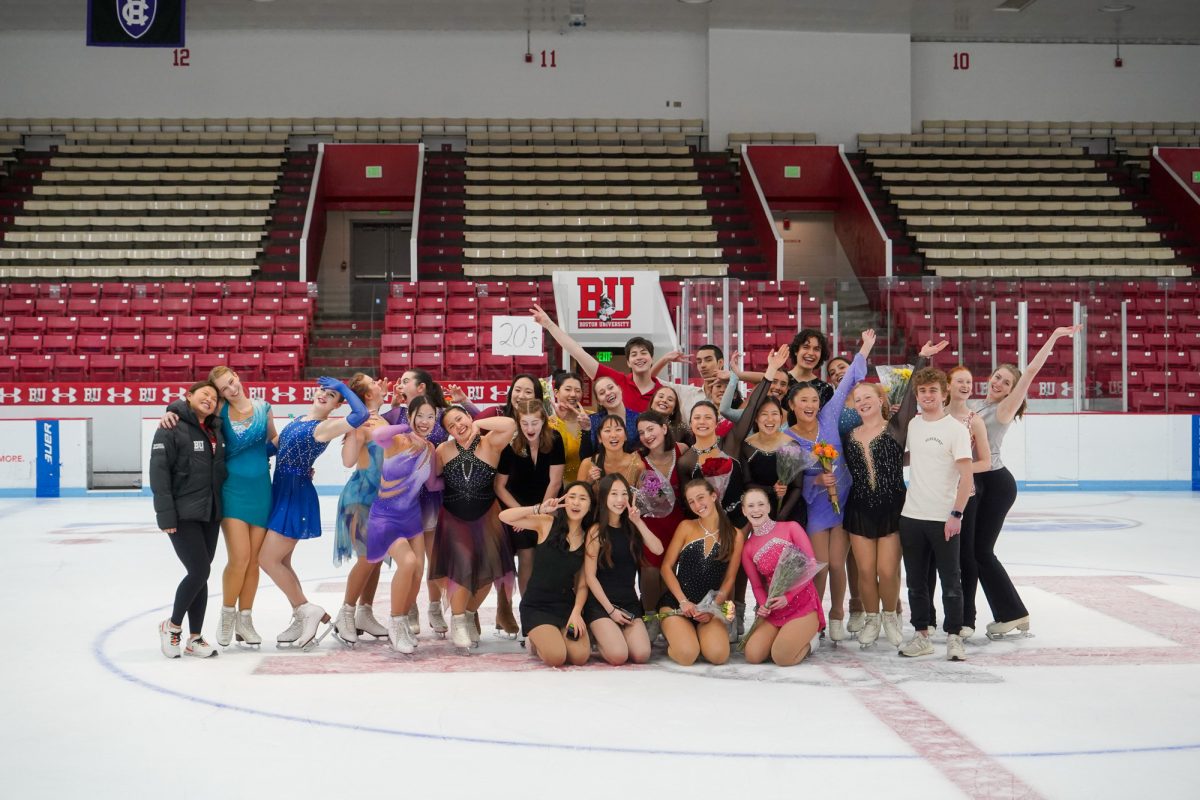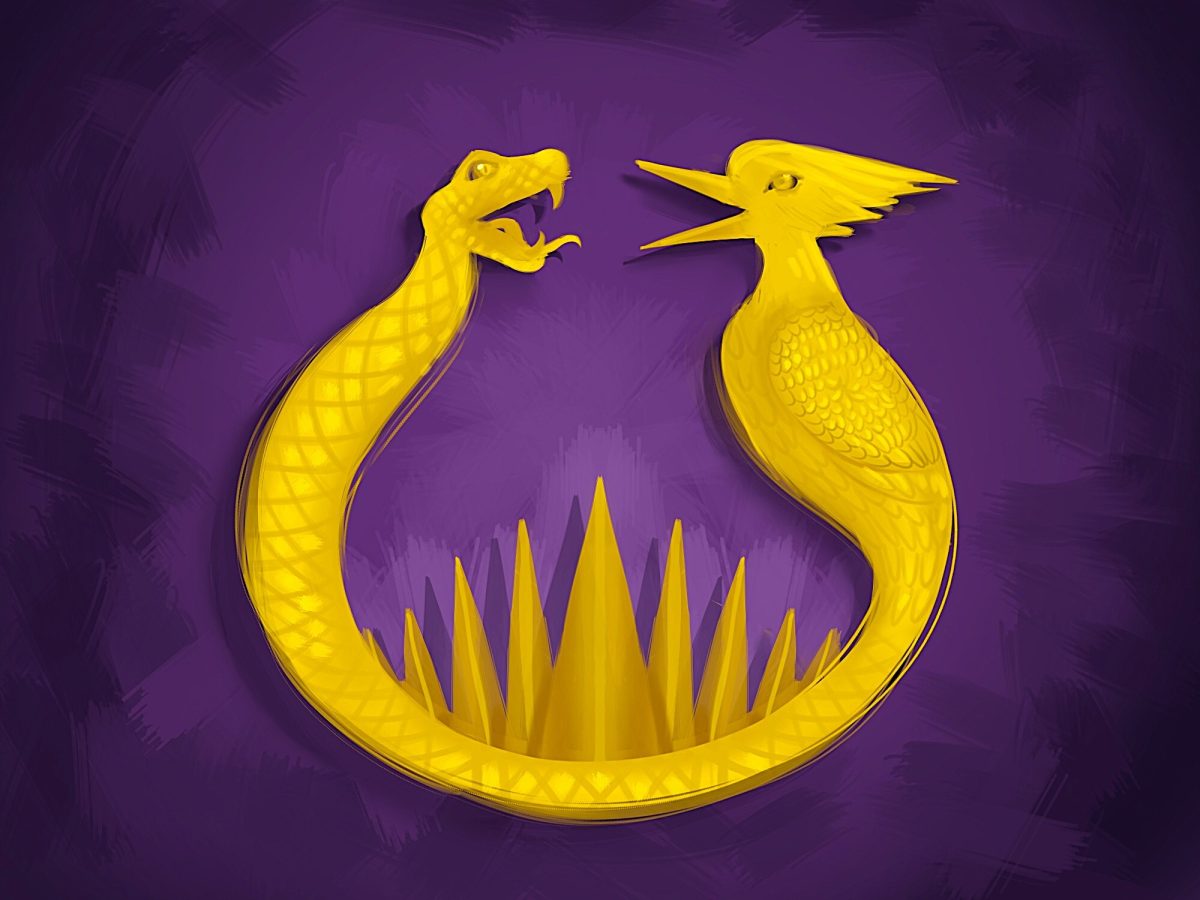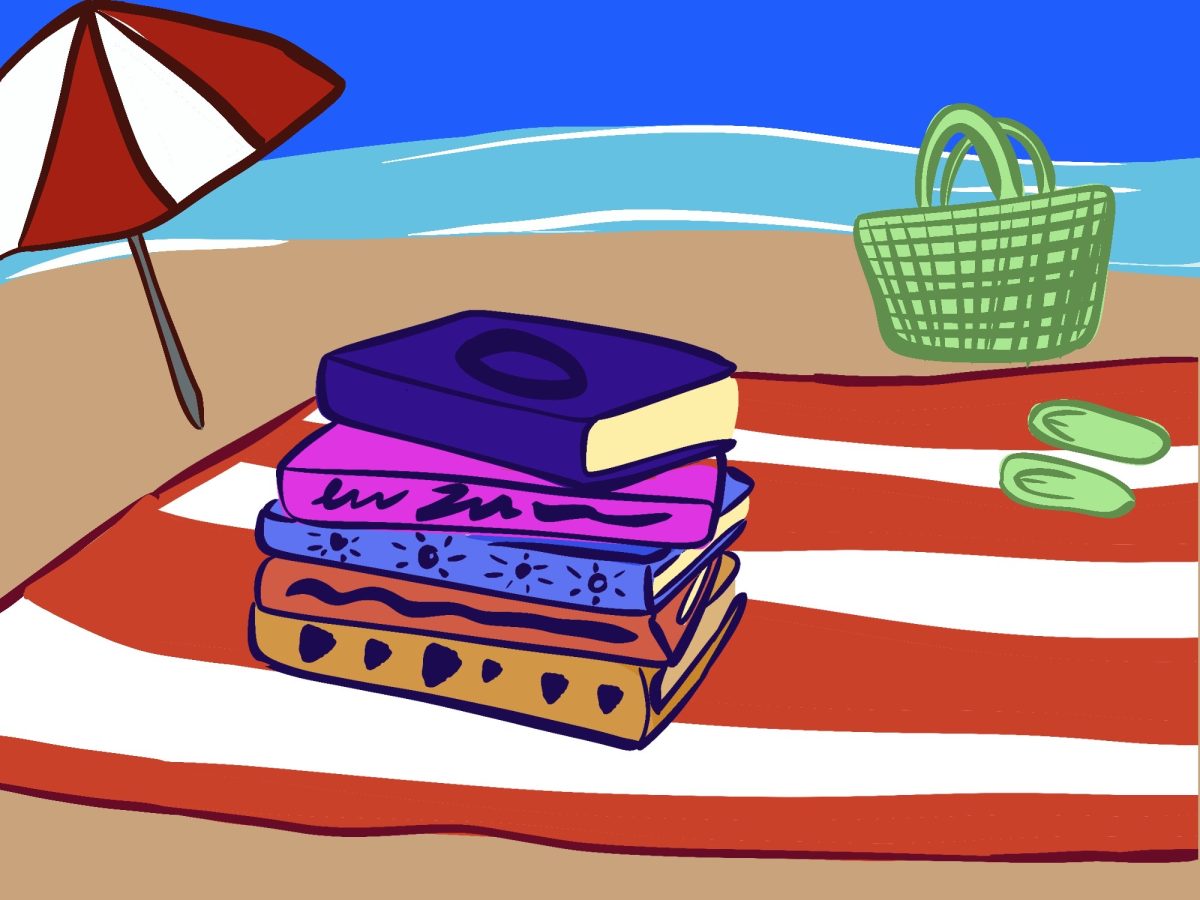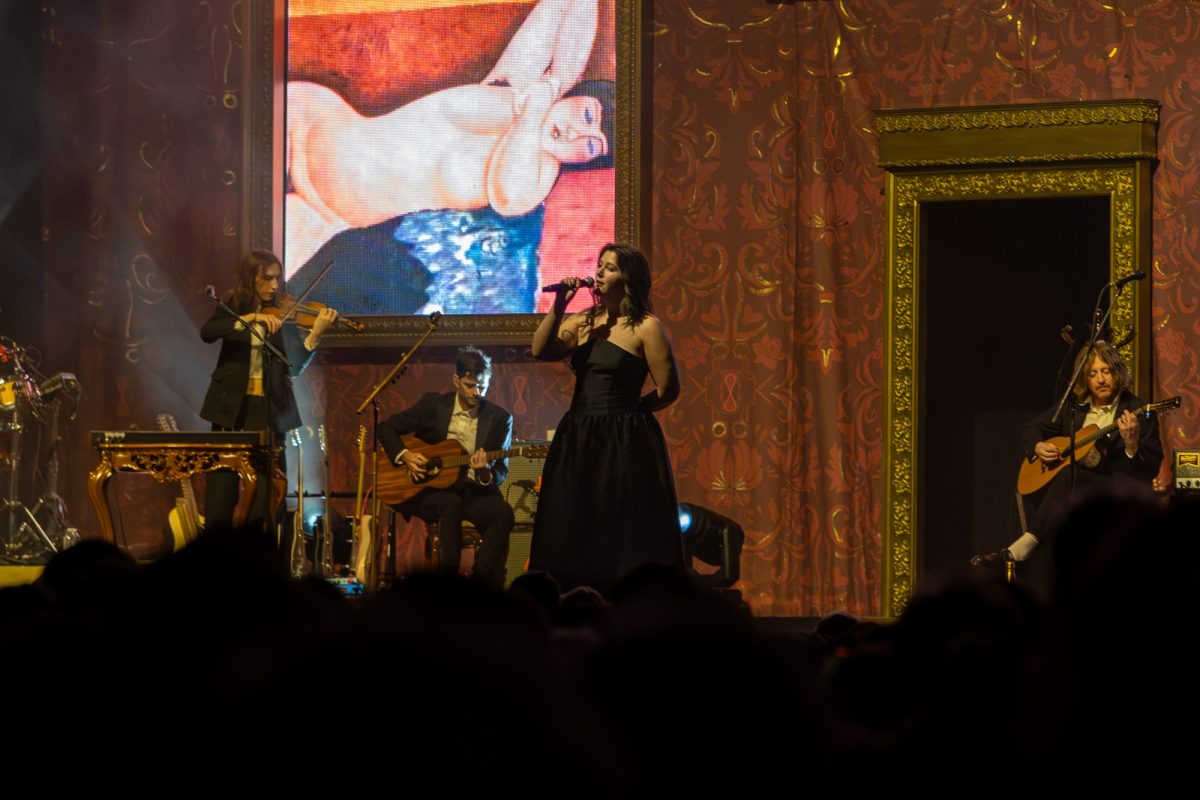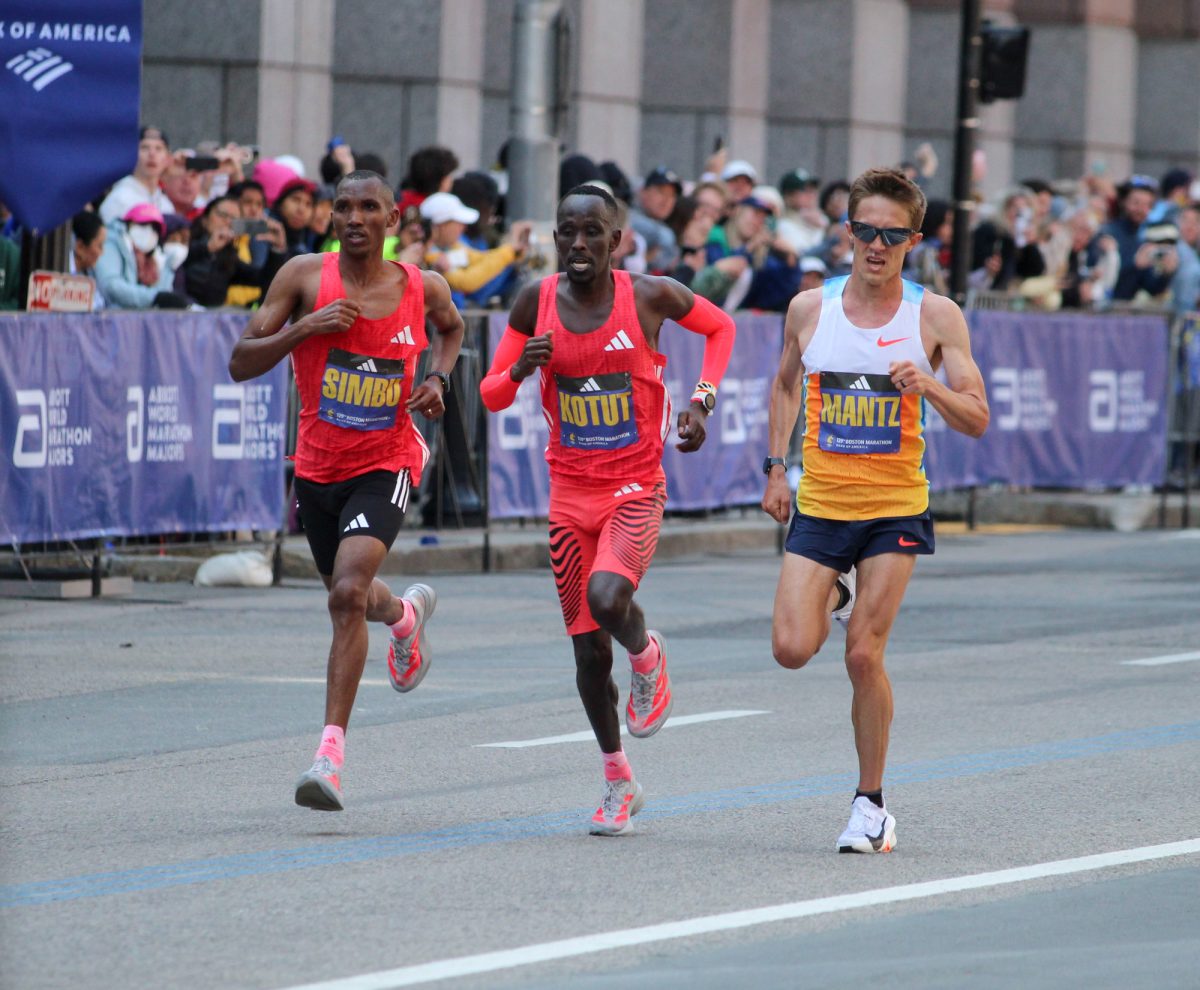The WWII director of the atomic Manhattan Project was actually more of a philosopher than a physicist, biographer K.C. Cole said Thursday at the Massachusetts Institute of Technology.
Cole, who wrote the Dr. Frank Oppenheimer biography and memoir ‘Something Incredibly Wonderful Happens: Frank Oppenheimer and the World He Made Up,’ spoke at the Massachusetts Institute of Technology at an event hosted by the Knight Science Journalism Fellowships Program.
A graduate of Johns Hopkins and California Institute of Technology, Oppenheimer began his scientific career in 1941 when he started working on the problem of uranium isotope separation at the University of California Radiation Laboratory, Cole said. In 1945, he joined his brother Robert Oppenheimer, scientific director of the Manhattan Project, at the project’s secret Los Alamos, N.M. laboratory.
After the completion of the Manhattan Project, Robert’s career went downhill as he attempted to dissuade his fellow colleagues from developing the hydrogen bomb, Cole said.
‘Robert was entranced by his own fame and power and thought he could stop the development of the hydrogen bomb,’ Cole said.
Frank, on the other hand, was more successful as an educator, Cole said. After the war in 1947, he took the position of assistant professor of physics at the University of Minnesota, Cole said.
In July of 1947, the Washington Times Herald reported Oppenheimer to be a member of the Communist Party, leading to his resignation and move to Colorado, Cole said.
‘Before the exile, Frank was just another physicist, but it made him rethink everything,’ Cole said.
While in Colorado, Oppenheimer worked as a science teacher at Pagosa Springs High School where he began developing his philosophy of teaching, Cole said.
‘Early on, Frank believed that people should learn on their own,’ Cole said. ‘When he worked at Pagosa, he would always have little experiments set up in the classroom for the students to play with.’
Oppenheimer’s philosophy of learning was compromised when he began teaching at University of Colorado in 1957 and saw that students didn’t care much for understanding the subject, Cole said.
‘At University of Colorado, Frank saw that his students were not curious,’ Cole said. ‘They just wanted the grade.’
The experience Oppenheimer gained in Colorado contributed significantly to the creation of the Exploratorium, a hands-on San Francisco science museum based on his experiential style of learning science.’
‘There was something heroic and romantic about Frank,’ John Durant, an MIT Museum director, said. ‘The Exploratorium had a unique spirit unto its own.’
Cole said he met Oppenheimer at the museum while writing an article for the Saturday Review.
‘The Exploratorium was a place to wander in natural phenomenon,’ Cole said. ‘I never before thought of science as an extension of the senses or math as a means of expression.’
The Exploratorium, currently in its 40th year, is filled with various experiments depiction natural phenomenon, Cole said. One experiment on natural light uses a variety of prisms to create rainbows along the wall.
‘It was important to Frank that everything in his museum could break,’ Cole said. ‘He used to say that if you can’t understand why something stops working then you can’t understand how it works.’
Oppenheimer always loved to teach and to help people reach the point of understanding on their own, Cole said.
‘The hands on, intuitive learning you get from playing with real life phenomenon is amazing,’ Cole said. ‘We can’t do it anymore because we can’t measure it.’
Oppenheimer was an obvious leader in his scientific field, MIT professor David Kaiser said.
‘During the mid 1900s there was a continual wave of change in science and physics,’ he said. ‘Frank was at the center of every one of these waves.’

